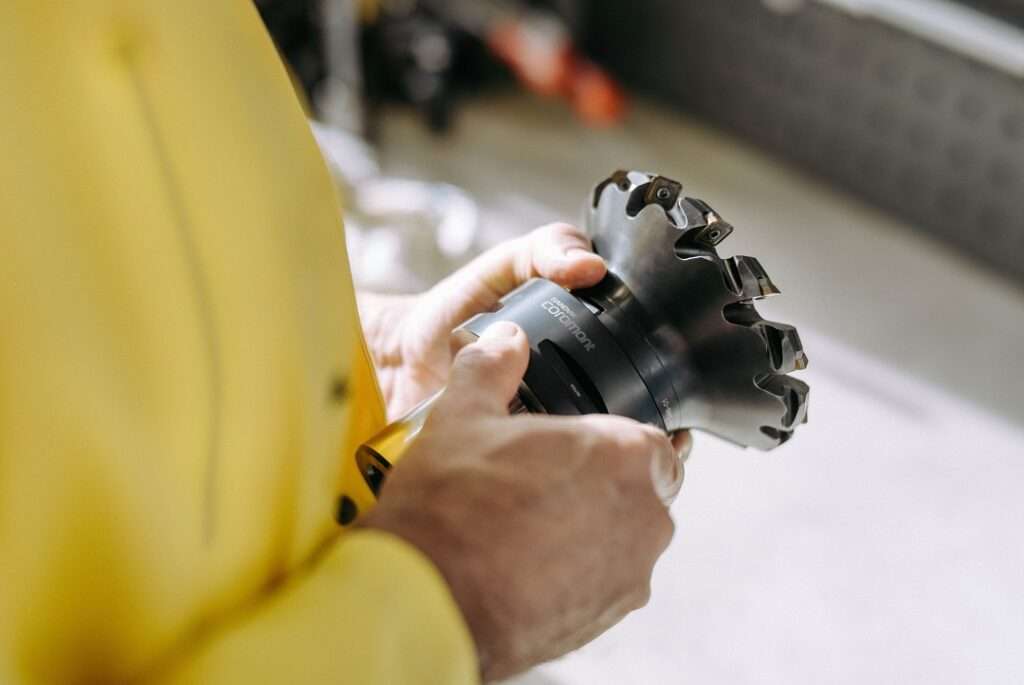Tamil Nadu Chief Minister M K Stalin is scheduled to lay the foundation stone for a monumental Tata Motors-Jaguar Land Rover (JLR) manufacturing facility in the Ranipet district on September 28. This groundbreaking event signifies a pivotal moment in Tamil Nadu’s industrial expansion.
The planned facility, which stems from a memorandum of understanding (MoU) between Tata Motors and the Tamil Nadu government, is anticipated to feature an initial production capacity of at least 200,000 units. According to Autocar Professional, this facility will focus on the production of electric vehicles using the Electrified Modular Architecture (EMA) platform, catering to both Jaguar Land Rover and Tata Motors.
Insiders suggest that the production capacity will be split, with about two-thirds dedicated to Jaguar Land Rover and the remaining one-third to Tata Motors. A substantial portion of the output from JLR is expected to be directed towards international markets, potentially benefiting from the forthcoming India-UK Free Trade Agreement (FTA), which is currently under negotiation.
This new manufacturing hub is a crucial part of Tata Group’s broader strategy, which includes a commitment of Rs 1.5 lakh crore to Jaguar Land Rover over the next ten years. This investment is in line with the group’s ambition to transition Jaguar into a fully electric brand while ensuring that the majority of the Land Rover lineup will offer electric alternatives by 2026.
Industry analysts predict that this initiative may lead to the production of at least four different models each from Tata Motors and Jaguar Land Rover over the next decade. The projected total output for this venture is estimated to reach approximately 300,000 units, with a significant proportion planned for export markets.
In a related development, Tata Passenger Electric Mobility Ltd and Jaguar Land Rover had previously entered into an MoU for licensing JLR’s EMA platform. This agreement encompasses various aspects such as electrical architecture, electric drive units, battery packs, and manufacturing expertise, which are essential for the development of Tata’s forthcoming range of electric vehicles.
The EMA platform, introduced by JLR in 2021, is engineered to support advanced driver assistance systems and extensive cloud connectivity. It features Software Over The Air (SOTA) capabilities, Level 2+ autonomous driving support, and an integrated propulsion system utilizing cell-to-pack battery technology.
Although Tata Motors has yet to officially comment on these developments, the forthcoming plant in Tamil Nadu is set to play a significant role in shaping India’s electric vehicle manufacturing sector. The project is projected to generate between 25,000 to 30,000 new job opportunities in the region, thereby significantly enhancing local employment prospects.
As the date for the foundation stone laying ceremony approaches, preliminary infrastructure work at the site is already in progress. This proactive approach aims to facilitate a seamless and timely execution of this transformative industrial project, further establishing Tamil Nadu as a pivotal manufacturing hub in India’s dynamic automotive industry.







